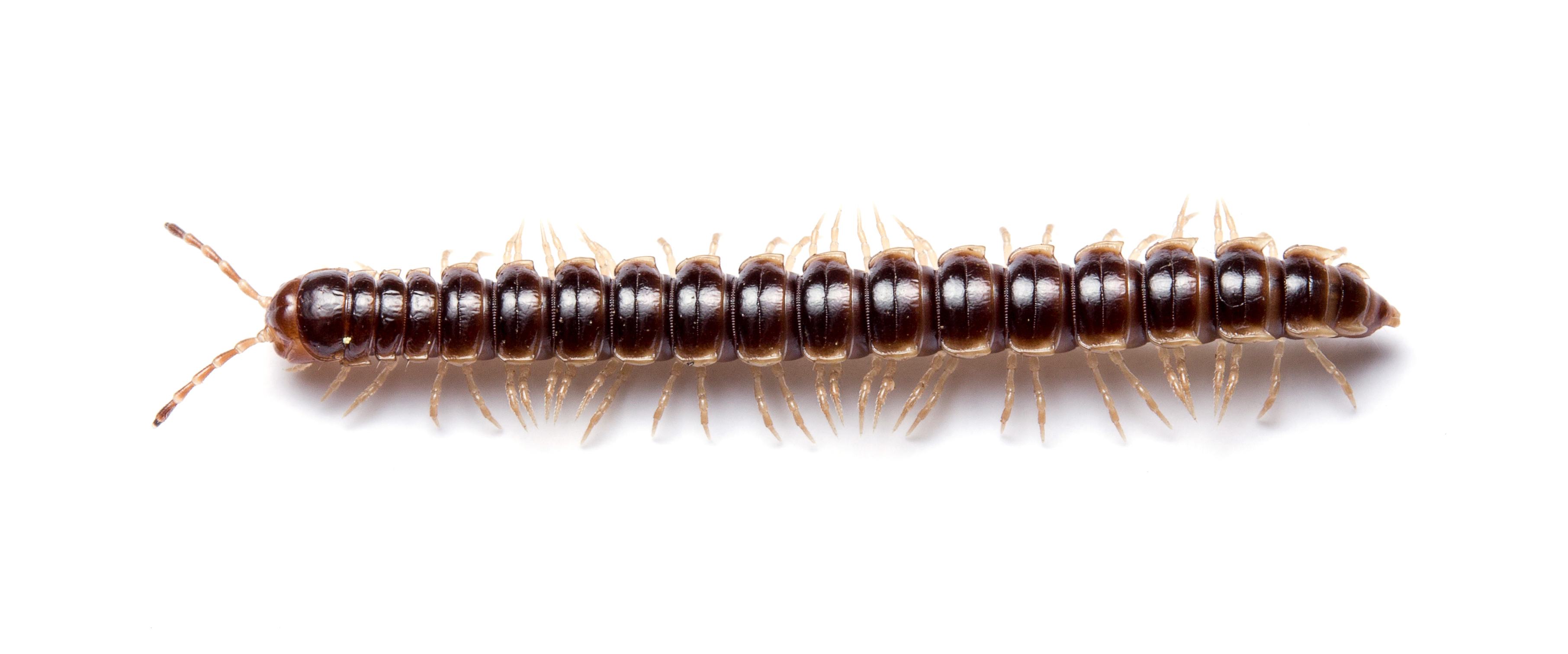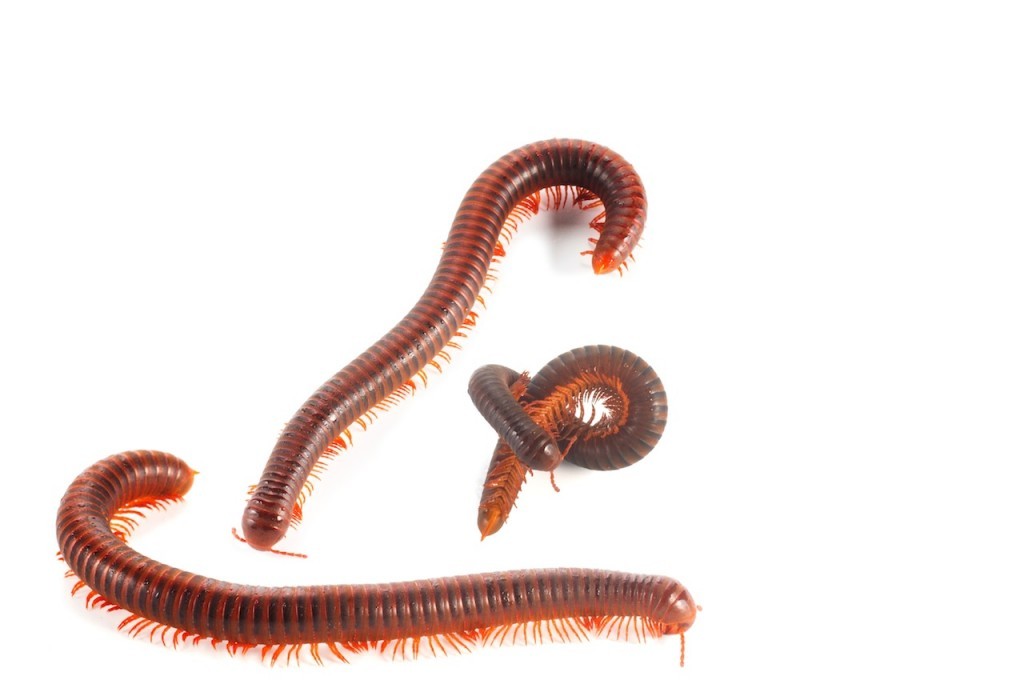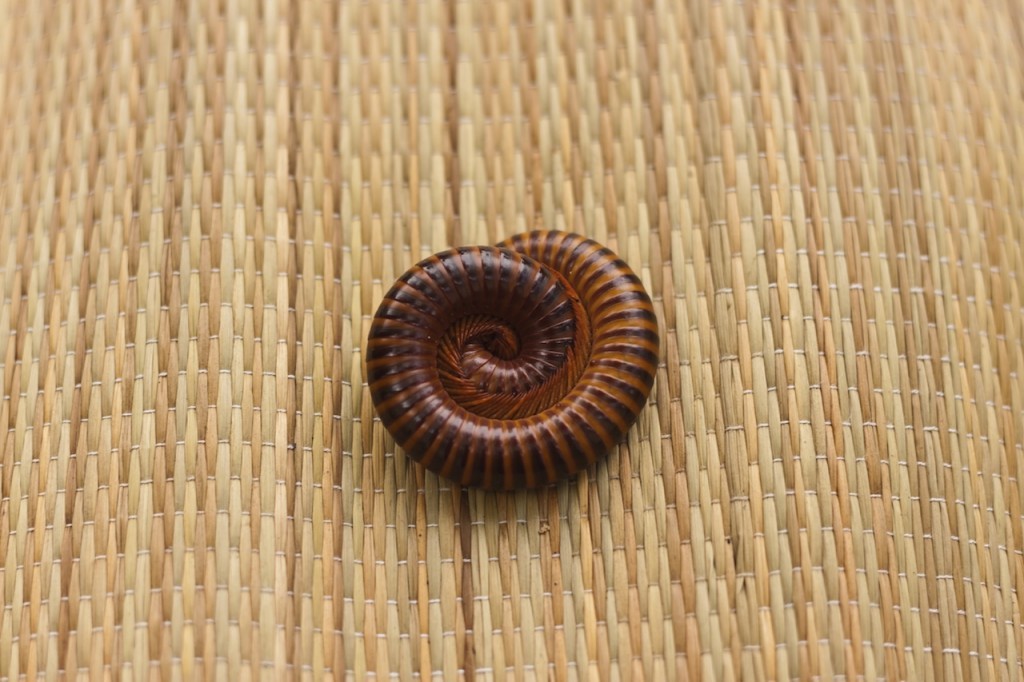Table Of Content

It's best to call a professional pest control company to apply pesticides. Millipedes who end up inside your home will likely only survive a few days. Treating the inside of your house with pesticides won't do much to prevent millipedes. It will kill the ones you have, but new ones will keep coming in. Moist-wet mulched garden beds are attractive breeding grounds for millipedes. Mulch and thick vegetation touching the foundation and/or covering siding allow millipedes easy access to the house and can make chemical treatment difficult.
Centipedes
Alternatively, a drought could send millipedes searching for more humid conditions. When the heat and dry air are oppressive, your cool, damp house might seem like a welcoming oasis to parched millipedes, so again they find themselves inside. Millipedes aren’t actively searching for a way into your house. If they had room enough for a brain that had reasoning capabilities, they would avoid human homes at all costs. Millipedes prefer damp, dark leaf beds, rotting wood, or soft, humid soil beds to live in. You can set them along the walls where you see millipedes, or lay them out across a doorway to prevent them from getting in.
Call A Professional Pest Control Pro
Portuguese millipedes invade homes and businesses across southern Australia - ABC News
Portuguese millipedes invade homes and businesses across southern Australia.
Posted: Tue, 21 Mar 2017 07:00:00 GMT [source]
Especially if there’s a significant amount of accumulated yard debris or mulch, millipedes will love taking up residence there. You may also want to consider using dehumidifiers to remove unnecessary moisture from your home. Make sure there are no damp spots or leaks, especially in areas like your basement or laundry room. Before we get into the different ways to get rid of the millipedes, we must first understand how they’re getting in.
Sowbugs, millipedes and centipedes
Ft. and larger, we can design your dream home and deliver it using modular construction quickly. Gone are the days of waiting up to a year to get your custom home. As a leader in custom, on-your-lot construction, our team is with you every step of the way as you create your dream home. Our process reduces overhead, keeps your custom home project on schedule and produces high-quality custom built homes. Much of millipede control involves managing moisture and decaying plant material, so cost can vary quite a lot, depending on how much of this must be done by a professional. This doesn’t include plumbers or landscapers who may also be needed.
Because house centipedes help you control infestations of other, more bothersome pests, there’s little reason to exterminate them. Pesticides are of limited effectiveness in eliminating house centipedes. With their long legs, they hold their bodies high when they move, allowing them limited contact with pesticide-laden surfaces, making most pesticides less effective.
Explore Local Los Angeles, California Lenders
If millipedes are in your house, you probably want to know how they got there, whether they're dangerous, and how to get rid of them. Here's what you need to know about these many-legged critters. Use a gravel border 6-12" out from foundation walls to allow for better drainage. Reproduction is usually not a problem, unless you see multiple millipedes togetherin your house, which would assume are made up of both male and female.

Skyline Homes
• Millipedes are usually 1 to 2 inches long with worm-like bodies that are divided into many segments, each containing two pairs of legs. • Common species of millipede are usually brown or black in color, but there are also some species that are orange or red. Lisa Jo Lupo is a pest control expert with over 25 years of experience in the pest control industry, writing about pest identification and management.
If centipedes or millipedes are found in the house, you can simply vacuum, sweep up, or crush the bugs. These are not creatures that nest or colonize indoors, so killing them when you occasionally find them is a perfectly good strategy for successful control. By being constructed in a factory, you have peace of mind knowing that your new home started its construction with quality built right in.
Preventing Millipede Outbreaks
Most aren't dangerous, but some can pose a risk to your health and safety. One of these pests, the millipede, might be scary to see, but it's harmless to people. Consult your county Cooperative Extension center or the North Carolina Agricultural Chemicals Manual for a list of some appropriate pesticides for millipede control. Seeing them crawling in any part of your home is not a pleasant sight. They will typically stay in your home because they don’t know how to return to their natural outdoor living space.
Their bodies are divided into 15 segments, each with a pair of long legs. Other species of centipedes have more legs, but they always have an odd number of pairs of legs. Millipede treatment will depend highly on where your problem pests are and how many are present. If just a few are finding their way indoors from the garden, pest control experts might apply a barrier spray to help discourage them.
Outdoors, you’ll often find them in logs and piles of leaf litter or under stones or wood. While I recommend not killing house centipedes since they are known to eat other unwelcome pests in and around your home. If centipedes and millipedes give you the creeps, you can get rid of them with an insecticide applied around the foundation of your home.
Millipedes can’t survive long without sufficient moisture and decaying material to feed upon. If you find a stray millipede, it’s likely going to die very soon, most often within the day. If you find a few in your basement, they may be able to live longer with a source of food and water, so it’s important to figure out what they’re using for food and cover. Most of the time, you can control millipedes without chemicals. Dry up moist areas where millipedes are appearing, including basements and landscaping. They’re attracted to decaying matter, and they need the moisture to survive, so removing part of your mulch or compost layer can help quickly cut down numbers.
Just be sure to wear gloves before handling millipedes to avoid chemical burns. They range in size from less than an inch to more than 5 inches. Millipedes have many feet, and though they’re sometimes called thousand-leggers, they don't have quite that many. If you're tired of being surprised by millipedes around your home, work to get rid of them and prevent them from coming back. Physically remove the millipedes that are inside your house and treat your yard with insecticide or natural repellents. Once you've gotten rid of the millipedes, make your home and yard less attractive to them by getting rid of hiding places and keeping the area dry.












